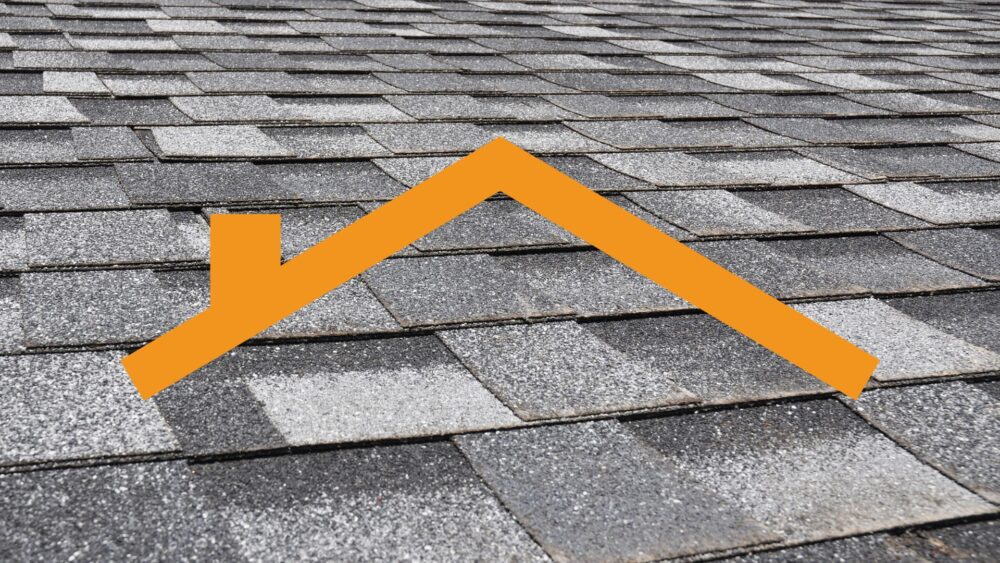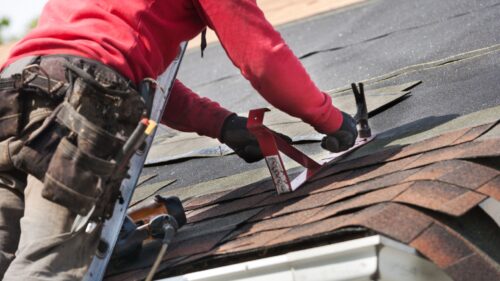Ever wonder why some homes look amazing year after year? A lot of it comes down to choosing the right roofing materials. With so many options on the table, from classic asphalt shingles to modern metal roofs, making that choice can feel like trying to find a needle in a haystack.
Yet, fear not! Whether you’re jazzing up your current place or building from scratch, understanding what each option brings to your roof is key. And guess what? We’ve got all that info packed right here. Keep reading for the pros and cons of roofing materials so you can choose the right one for you.
Understanding Different Roofing Materials
Asphalt shingles are the go-to for most homes. They won’t break the bank, they’re built to last, and hey, you can pick one in your favorite color too. There are two main types: architectural and three-tab. Architectural shingles have a more dimensional look, while three-tab are flatter and more uniform.
Metal Roofing: Durability and Energy Efficiency
More and more folks are starting to choose metal roofs, not just because they last a long time but also for the cool energy savings they bring to the table. They bounce back the heat, making sure your home stays cooler when summer rolls around. Options include standing seam, stone-coated steel, and metal shingles that mimic other materials. Metal roofs can last 50+ years with minimal maintenance. Tile roofing adds a distinctive look to homes. Clay tiles are more traditional and suit Mediterranean or Spanish-style architecture. Concrete tiles are less expensive and come in a wider range of colors and profiles. They’re both tough as nails, laugh in the face of fire, and pretty much take care of themselves.
Slate Roofing: The Premium Choice for Longevity
When it comes to mixing luxury with the ability to stand the test of time, slate really hits the mark. A slate roof can last 100+ years with proper installation and care. It’s also fireproof, waterproof, and resists mold and fungus. The tradeoff is a higher price tag and weight that may require extra framing support.
Factors to Consider When Choosing Your Roof Material
Price is always a factor, but cheaper isn’t always better. Asphalt shingles are the most budget-friendly, followed by metal, concrete tile, and clay tile. Slate is the priciest but also the most durable. Consider the long-term value, not just the upfront cost.
Enhancing Home Energy Efficiency with the Right Material
The right roof can boost your home’s energy efficiency. Metal and tile are great for hot climates, reflecting heat and keeping your home cooler. Asphalt shingles are available with cooling granules that reduce heat absorption. Proper insulation and ventilation also play a key role.
Installation and Maintenance Insights for Homeowners
Preparing for a Roof Replacement Project
Splurging on a new roof isn’t just another purchase; it’s a significant commitment. Before starting, assess your current roof’s condition and get a professional inspection if needed. Picking a trustworthy contractor and securing precise estimates is the way to go. Ask about material options, warranty coverage, and project timeline. Once work begins, protect your landscaping and outdoor furniture. Brace yourself for a bit of noise and some mess along the way.
Maximizing Your Investment with Durable Roofing Options
Exploring Advanced Materials like Stone-Coated Steel and Rubber Slate
So, if you’re on the hunt for something that’s both tough as nails and stylish to boot, why not take a gander at cutting-edge options like stone-coated steel or rubber slate? Stone-coated steel offers the strength of metal with the look of tile, shake, or shingle. It’s lightweight, fire-resistant, and can withstand high winds and hail. Rubber slate mimics the look of natural slate at a fraction of the cost. It’s made from recycled tires and is virtually maintenance-free. Before choosing a roofing material, check your local building codes. Some areas have restrictions on materials due to fire risk or historical preservation. Consider the environmental impact of your choice. Look for recycled or sustainable options like rubber slate or cool roof coatings. Proper disposal of old roofing materials is also important. Many shingles and tiles can be recycled rather than sent to a landfill.
Selecting the Right Contractor for Your Roofing Project
Choosing the right contractor is just as important as selecting the right roofing material. Look for a licensed, insured, and experienced roofer. Get referrals from friends or neighbors, and check online reviews. Request detailed estimates from multiple contractors and ask about their warranty coverage. A good contractor will help guide you through material selection and ensure proper installation for a long-lasting roof. Most roofing materials come with a manufacturer’s warranty covering defects. However, this doesn’t include installation issues. So, when picking a contractor, going for one who stands behind their work with a warranty on craftsmanship is a smart move. This covers any problems that may arise due to improper installation. Some contractors also offer extended warranty or protection plans for an additional cost. They give you that extra comfort, knowing your roof is covered for the long haul.
Innovative Roofing Technologies and Trends
The roofing industry is constantly evolving with new technologies and trends. Solar tiles integrate solar power generation into your roof, while green roofs incorporate plants and vegetation. Cool roof coatings reflect sunlight and reduce heat absorption, improving energy efficiency. Materials like rubber slate and composite shingles aren’t just tough; they also bring a sustainable edge to the table. As you explore roofing options, consider these innovative solutions for a roof that’s both functional and eco-friendly.
Roofing Materials FAQs:
What is the best material to use for roofing?
Metal roofing stands out. It’s durable, energy-efficient, and can last up to 50 years.
What is the most commonly used type of roofing material?
Asphalt shingles dominate U.S. homes because they’re affordable and easy to install.
What is the cheapest roofing material?
Rolled roofing wins here. It’s cost-effective for flat or low-slope roofs.
What are the materials used in roof covering?
Roof coverings vary: asphalt shingles, metal sheets, clay tiles, concrete tiles, and rubber slate are common picks.
Conclusion
In our journey today through different types of roofing materials, we’ve peeled back layers beyond mere aesthetics. From the ever-reliable asphalt shingles championed for their cost-effectiveness and simplicity, swinging over to durable metal roofs ready for whatever Mother Nature throws their way – we’ve covered ground. Ready to find a pro to get you that new roof? Click here for your free quotes.




